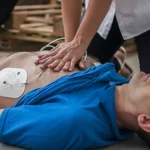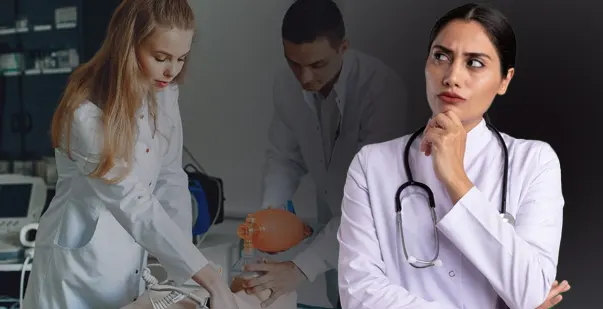Burns occur as a result of tissue damage. Tissue damage observed in burns could be caused by fire, electric shock, hot water, radiation, and corrosive chemicals.
Whenever a person suffers from burns, the first course of action is to determine the severity of the burns and do emergency first aid for burns.
Moreover, burns are usually classified as major and minors. Proper determination of the severity of burns is important as the treatment of each class of burns is different. Importantly, below is an explanation of how you can differentiate between major and minor burns, and you can learn more by taking a first aid burns course.
How to Determine a Major Burn:
The following characteristics will help you in identifying a major burn:
• Deep burn
• When the burn leads to dry, rubbery skin
• Also, when the burn is bigger than 3 inches or more in diameter or spreads over the hands, face, feet, back, groin, or a big joint
• Likely, the burn has a charred look, or you can see patches of brown or black
How to Determine a Minor Burn:
These features will help you in identifying a minor burn:
• The burn is less than three inches
• Surface has a red appearance similar to sunburn
• Pain
• There is blistering of the skin
How to Administer First Aid for Major Burn
Unlike minor burns, major burns are very severe and the crucial step is to phone emergency hotlines for help. While awaiting help, follow the steps below to help the victim:
1. First, ensure the safety of yourself and the burned person by taking them out of harm’s way if possible.
2. Check if the burned individual is breathing. If he/she is experiencing difficulty breathing, administer rescue breathing such as CPR if you’ve been trained.
3. Jewelry, belts, and other items that restrict should be removed as burned places quickly swell.
4. Protect the burned part by covering it with a clean piece of cloth or a bandage moistened with cool and clean water.
5. If fingers and feet are severely burnt, separate them with a clean and disinfected, non-adhesive bandage.
6. Clear the burned place by removing clothes in the area but don’t remove clothing that is caught to the skin.
7. Do not put the burned person or part in water. Immersing burned part in water can cause a quick loss of heat, a phenomenon called Hypothermia.
8. Lift the burned part above the heart if possible.
9. Check for signs of shock, and it manifests as low breathing, pale appearance, and fainting.
How to Deal With a Minor Burn:
1. Unlike major burns, you can cool minor burns. Cool the affected area in running water, then apply cool compresses till the pain reduces.
2. Next, remove tight and restricting body items before the affected areas begin to swell.
3. Don’t break blisters as they protect the burned part from infection. However, if blisters break on their own, clean, and spread on antibiotic cream.
4. Keeping a burned area moisturized relieves pain and prevents the place from drying out. Therefore, spread lotion on the area.
5. Bandage the burned area using germ-free gauze. Don’t use fluffy cotton as well as keeping too much compression on the area.
6. You can use common painkillers such as acetaminophen and ibuprofen, to cope with the pain.
Register today, it is important you follow the proper procedure when dealing with burns as they will make recovery faster.












